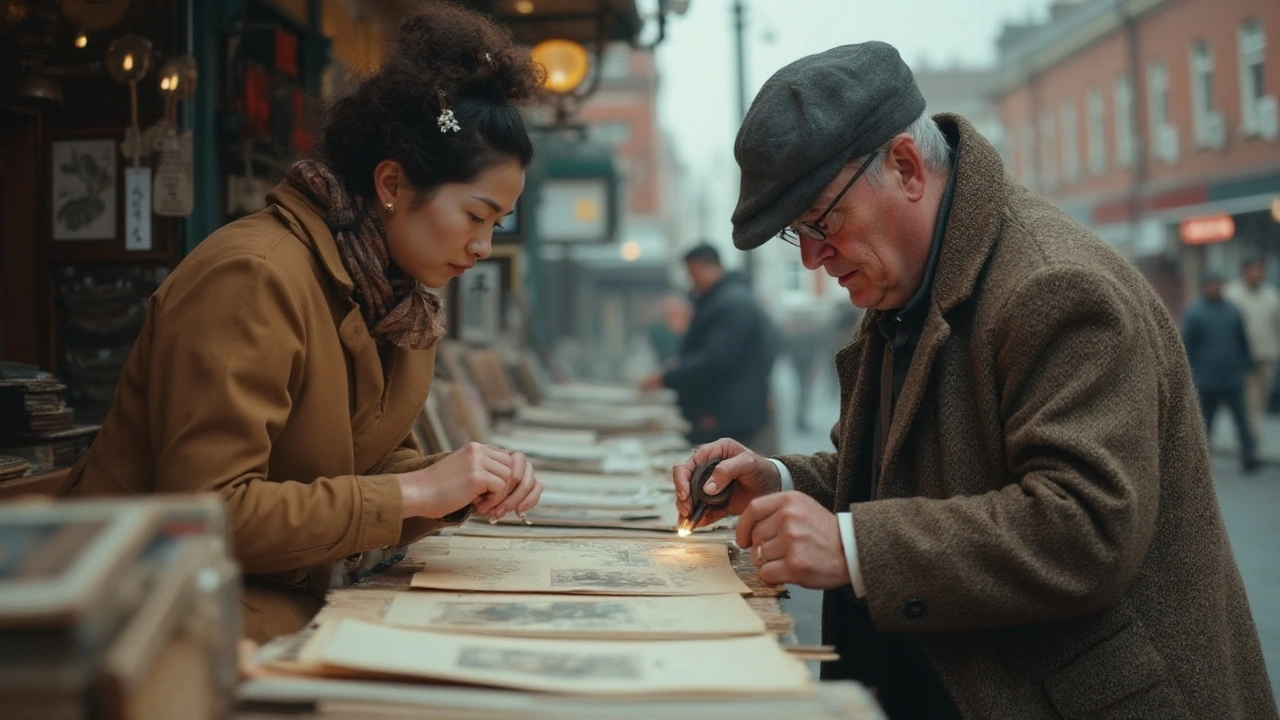Shin-hanga: A Fresh Look at Japan’s Modern Woodblock Print Movement
If you love Japanese art but think it only lives in old museums, you might have missed Shin-hanga. It’s a 20th‑century spin on the classic ukiyo‑e prints, blending old‑school craftsmanship with a dash of modern photography and Western shading. The result is brighter colors, deeper shadows, and a mood that feels both nostalgic and contemporary. Below you’ll get the basics, why it matters, and how to start collecting or simply enjoying Shin-hanga today.
What Makes Shin-hanga Different from Traditional Ukiyo‑e?
First off, the name means “new prints.” Artists kept the woodblock process—carving, ink, paper—but they added real‑life photos as references. That gave them realistic poses, natural lighting, and more expressive faces. While classic ukiyo‑e focused on actors, courtesans, and landscapes in a stylized way, Shin-hanga artists like Kawase Hasui and Yoshida Hiroshi captured everyday scenes: misty mornings, bustling markets, quiet temples. The colors are richer, thanks to new pigments imported after World I. Also, many prints were made for the Western market, so they often include Romantic or nostalgic vibes that appeal to collectors abroad.
Another key shift is the collaboration model. A single publisher (often Watanabe Shōzaburō) coordinated the whole project—artist, carver, printer, and colorist—ensuring a consistent quality. This teamwork meant the prints looked like fine art products, not just mass‑produced souvenirs. The result? A series of limited‑edition prints that feel personal, even though they were technically reproducible.
How to Find and Appreciate Shin-hanga Prints Today
Looking for Shin-hanga? Start online. Reputable auction sites, museum shops, and specialist dealers list prints with clear provenance. Check for the publisher’s seal (usually a red or black stamp) and the artist’s signature—these are your authenticity clues. If you spot a print with a “Shin‑hanga” label on the back, you’re on the right track.
When you hold a print, notice the paper texture. Shin-hanga often uses high‑quality mulberry paper that feels slightly rough, not glossy. Look at the ink density; deeper blacks and subtle gradations show a skilled printer. Finally, think about the scene. Does it capture a seasonal mood? A quiet street in Kyoto? Those narrative touches are what made Shin-hanga resonate with both Japanese and Western audiences.
Want to start a small collection? Pick a theme—mountain landscapes, city life, or seasonal flowers—and buy a few prints that fit. Over time you’ll see how different artists treat the same subject, which helps you develop a personal taste. And don’t forget framing: use UV‑filter glass and acid‑free backing to protect the delicate paper.
Even if you never buy, Shin-hanga is easy to enjoy in public libraries, museum galleries, or online image databases. Look for exhibition catalogs that explain the historical context; they’ll deepen your appreciation without any jargon. The bottom line? Shin-hanga bridges old craft and modern eye, making it a rewarding corner of Japanese art you can explore right now.

